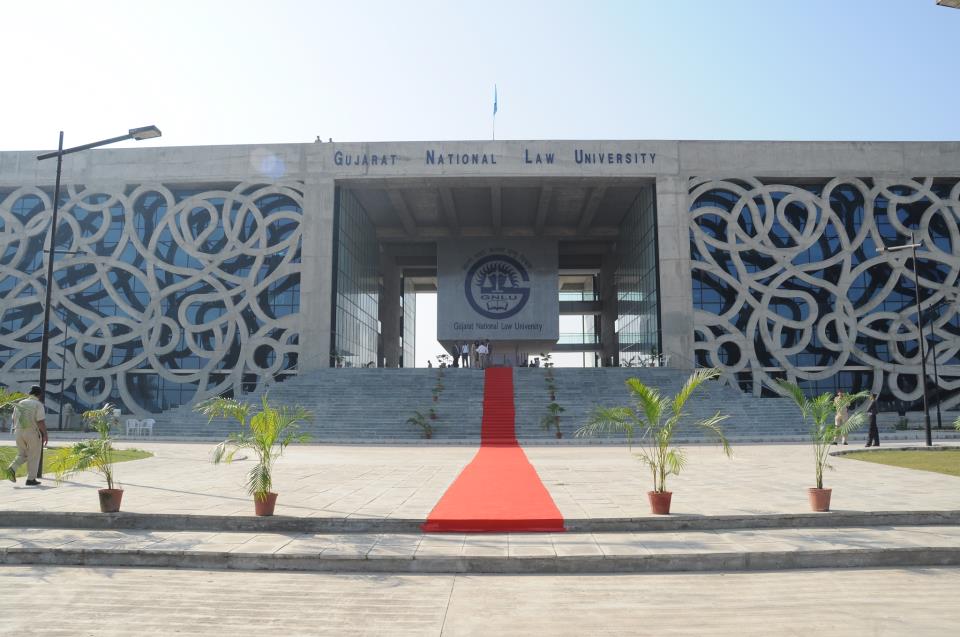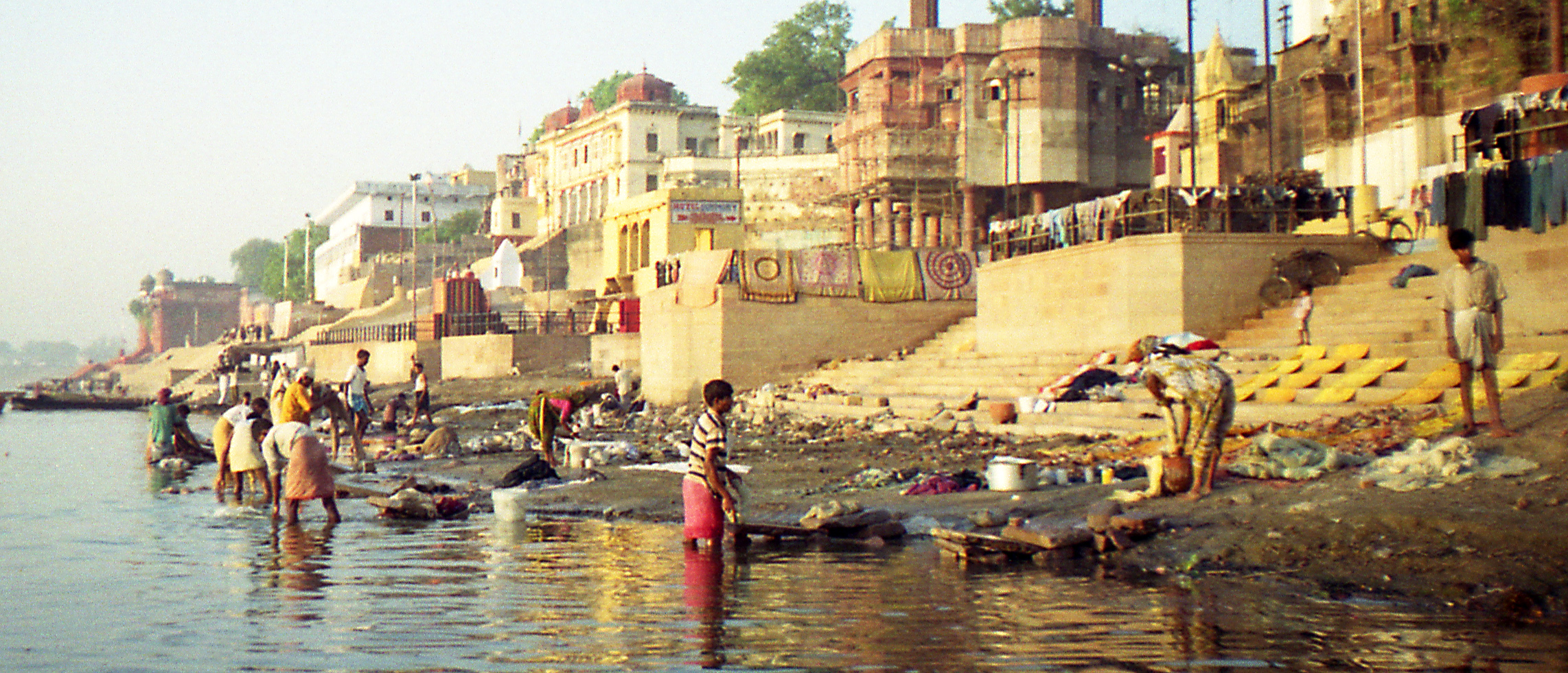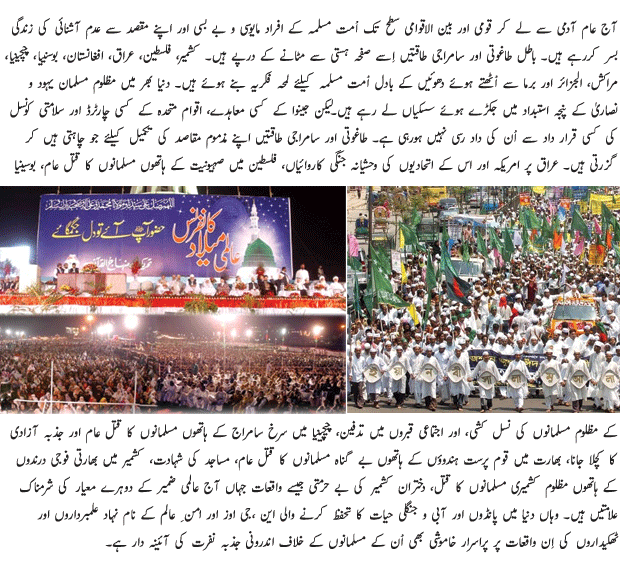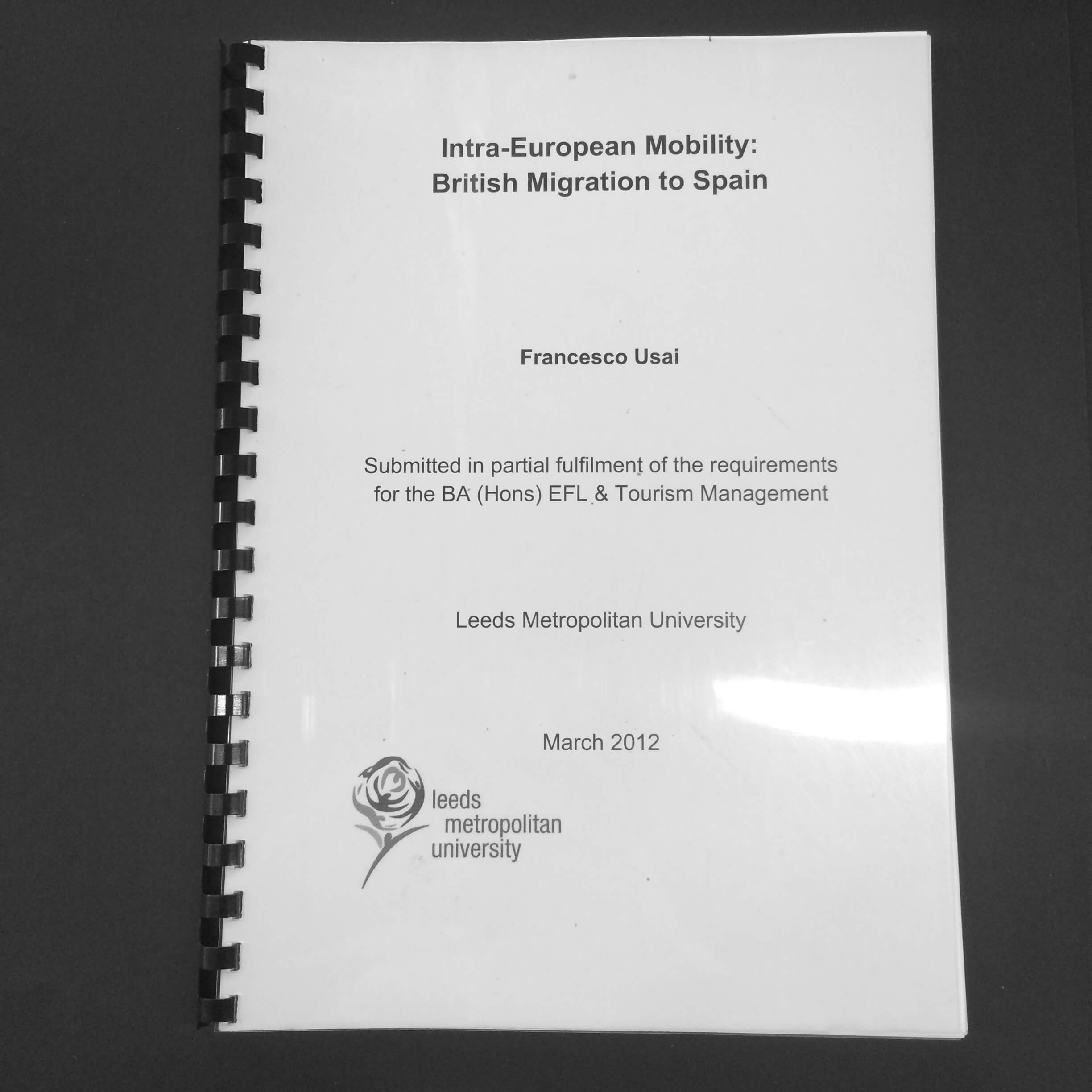Great Expectations by Charles Dickens: Summary Chapter 31.
Read the full text of Chapter 31 of Great Expectations on Shmoop. As you read, you'll be linked to summaries and detailed analysis of quotes and themes.
Great Expectations Analysis. In Charles Dickens' Great Expectations, Pip's life is defined by tragedy.As an orphan, Pip is unwanted for much of his life. His love of Estella goes unrequited until.

A six-year-old boy named Pip lives on the English marshes with his sister (Mrs. Joe Gargery) and his sister's husband (Mr. Joe Gargery).His sister is about as bossy and mean as most older sisters are—but his brother-in-law Joe is pretty much the best thing that's happened to Pip.

What are some symbols and motifs present in Great Expectations from Chapters 31-45? There are many symbols and motifs throughout Dickens' famous work, a few of which can be found in Chapters 31-45.

Summary. Pip is convinced that Miss Havisham intends to adopt him and have him marry Estella.He sees himself as the knight in shining armor bringing sunshine into that house and their lives. Orlick is now working as Miss Havisham's guard and Pip is nervous when Orlick points out the loaded gun with the brass-bound stock over the chimney.

Philip Pirrip is a young orphan whose unexpected meeting with a stranger in the marshes changes the rest of his life. This lesson will summarize Chapter 1 of Charles Dickens's ''Great Expectations.''.

Summary. Pip arrives five hours early at the coach-office to meet Estella.Wemmick happens by and invites Pip to join him on a trip to Newgate, where Pip notes that the prisoners' conditions are not good. He watches Wemmick attend to the many who seek him out, as a gardener tends to his plants.

Great Expectations Chapter 1 M y father’s family name being Pirrip, and my Christian name Philip, my infant tongue could make of both names nothing longer or more explicit than Pip. So, I called myself Pip, and came to be called Pip. I give Pirrip as my father’s family name, on the author-ity of his tombstone and my sister - Mrs. Joe.

Study Guide for Great Expectations. Great Expectations is Dickens' thirteenth novel, completed in 1861. The GradeSaver study guide on Great Expectations contains a biography of Charles Dickens, literature essays, a complete e-text, quiz questions, major themes, characters, and a full summary and analysis. About Great Expectations.

Great Expectations is a novel by Charles Dickens that was first published in 1860. Summary. Read a Plot Overview of the entire book or a chapter by chapter Summary and Analysis.

In this lesson, we will summarize Chapter 30 of Charles Dickens's ''Great Expectations.'' In Chapter 30, Pip heads back to London and tells Herbert about his feelings for Estella.

Complete List of Characters in Charles Dickens's Great Expectations. Learn everything you need to know about Pip, Estella, and more in Great Expectations.

Pip's education in Great Expectations From ignorant to educated. As a child, Pip receives almost no formal education: Mr. Wopsle's great-aunt's school is almost entirely useless.



